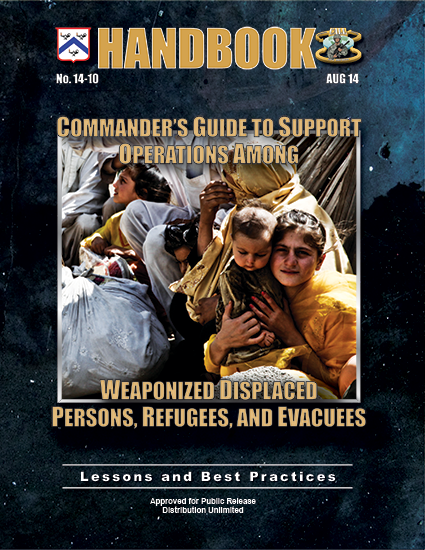
Wednesday, August 27, 2014
The use of chemical and biological weapons on the battlefields of history is not a new phenomenon. Although this practice is contrary to international treaties and customs, it has not precluded the use of these weapons by state and non-state actors against military, political, or civilian targets. Chemical and biological weapons use during the Iran–Iraq war in the 1980s and the use of chemical weapons in Syria in 2013 demonstrate that our collective security is threatened by actors willing to defy the international community. The threat of chemical and biological weapons use is increased as these are relatively inexpensive to produce and can be delivered by a variety of methods, making them an asymmetric threat of catastrophic potential. The psychological, health, and logistical implications of displaced persons fleeing a real or perceived chemical, biological, radiological, nuclear, and enhanced conventional weapons (CBRNE) environment will create complex mission command and support requirements requiring innovative and agile responses.
Types:
File Type:
- 332 reads

